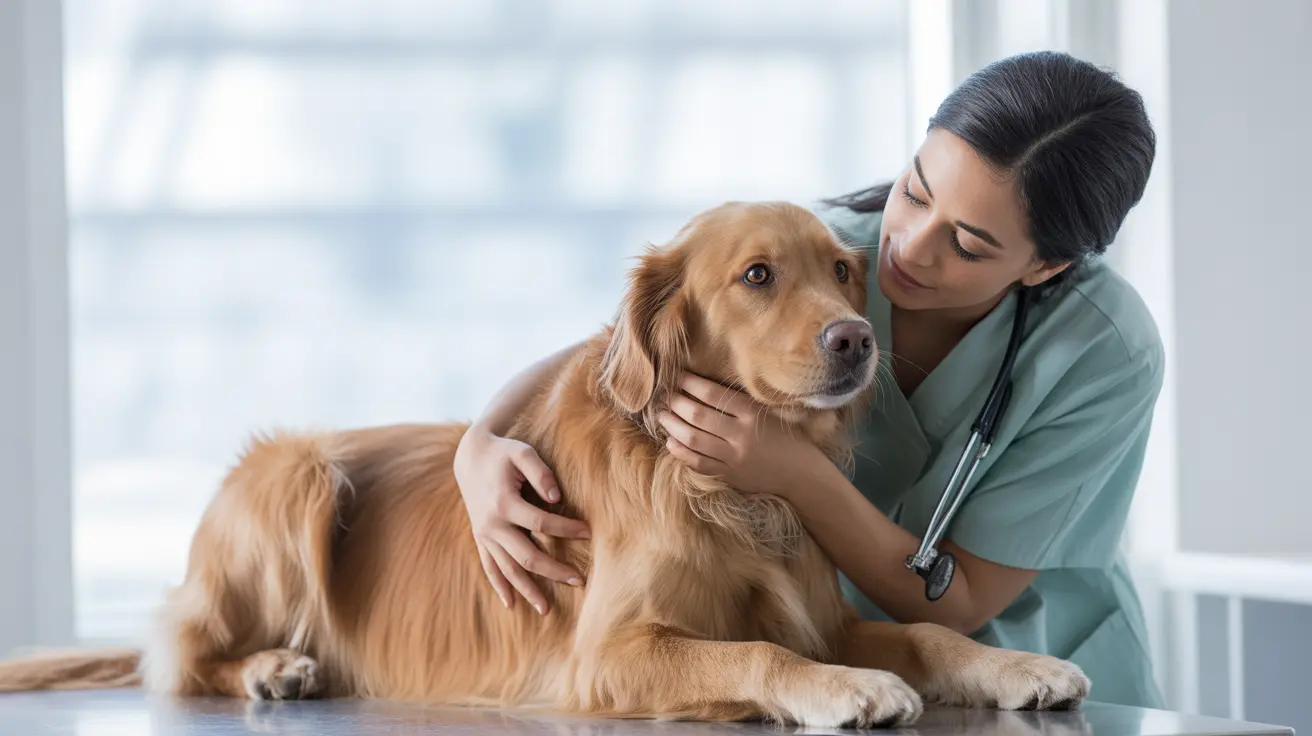The fascinating world of animal optical illusions reveals that humans aren't the only creatures susceptible to visual trickery. From the intricate peacock spider mating display to the sophisticated camouflage of octopuses, animals have evolved remarkable abilities to both create and perceive optical illusions. These visual deceptions serve critical purposes in nature, from securing mates to avoiding predators, demonstrating that what we see isn't always what's really there.
Recent research shows that animal optical illusions are far more complex than previously understood. While scientists once believed these were simple survival mechanisms, we now know that many species actively exploit the visual systems of other animals—and sometimes even their own species—to achieve specific behavioral outcomes.
The Science Behind Animal Visual Trickery
Animals use optical illusions through a process called sensory exploitation, where they manipulate how other creatures perceive visual information. This evolutionary strategy has developed over millions of years, creating some of nature's most impressive displays of visual deception.
The neural basis of animal vision varies significantly between species, which explains why different animals perceive the same visual stimuli differently. What appears as a threatening predator to one species might be completely invisible to another, highlighting the sophisticated nature of these evolutionary adaptations.
Peacock Spider Mating Display: Nature's Ultimate Visual Show
Male peacock spiders are masters of visual illusion, using their elaborate displays to captivate potential mates. These tiny arachnids employ a combination of vibrant colors, intricate patterns, and coordinated movements to create mesmerizing optical effects that are specifically designed to appeal to female spiders' visual preferences.
The peacock spider's abdomen features iridescent scales that create shifting color patterns as the spider moves. This dynamic display exploits specific aspects of female spider vision, creating an irresistible visual stimulus that increases mating success rates.
Animal Camouflage Tricks: Disappearing Acts in Plain Sight
Animal camouflage and survival go hand in hand, with countless species using optical illusions to blend seamlessly into their environments. These camouflage tricks involve more than simple color matching—they manipulate light, shadow, and pattern recognition to create effective invisibility.
Octopuses represent the pinnacle of animal camouflage, capable of instantly changing their skin texture, color, and pattern to match their surroundings. Their ability to create motion illusions helps them evade predators by making it difficult for other animals to track their movements accurately.
Super Black Coloration Animals and Light Manipulation
Some animals have evolved super black coloration that absorbs up to 99% of visible light, creating stunning visual effects. Birds of paradise and certain spiders use this ultra-black plumage or coloration alongside bright, colorful features to create dramatic contrast effects that enhance their displays.
This extreme coloration serves as a backdrop that makes adjacent bright colors appear even more vivid, demonstrating how animals manipulate light perception to maximize visual impact.
Motion Illusions in Cats and Common Pets
Many pet owners have observed motion illusions in cats, particularly their fascination with laser pointers or their reaction to certain visual patterns. Cats' visual systems are optimized for detecting movement, making them particularly susceptible to specific types of motion-based optical illusions.
Understanding how your pets perceive visual illusions can help explain certain behaviors, such as why cats sometimes appear to chase "invisible" objects or react to shadows in unexpected ways.
Fish Perception of Illusions in Aquatic Environments
Underwater environments create unique opportunities for optical illusions, and fish have evolved sophisticated ways to exploit these conditions. The refraction of light through water creates natural illusions that many aquatic species use for both hunting and defense.
Some fish species use optical illusions to appear larger or smaller than their actual size, while others employ pattern disruption to confuse predators about their true body outline.
Frequently Asked Questions
How do animals like peacock spiders use optical illusions to attract mates or deter predators?
Peacock spiders use dynamic visual displays combining color-changing scales, coordinated movements, and pattern manipulation to create compelling mating displays. These illusions exploit female spiders' visual preferences, while other animals use similar techniques to appear larger or more threatening to potential predators.
Can common pets like cats be tricked by visual illusions, and how might this affect their behavior?
Yes, cats and other pets can perceive optical illusions, particularly those involving movement. Their visual systems are optimized for detecting motion, which explains behaviors like chasing laser dots or reacting to certain shadow patterns. Understanding this can help pet owners provide appropriate mental stimulation.
What types of optical illusions are most commonly studied in animals, and what do they reveal about animal vision?
Researchers frequently study the Ebbinghaus illusion in animals, camouflage effectiveness, and motion perception illusions. These studies reveal that different species have evolved specialized visual systems tailored to their survival needs, and that animal vision can be both more limited and more sophisticated than human perception in different ways.
How do animals use camouflage and motion illusions to survive in their natural habitats?
Animals employ camouflage through color matching, pattern disruption, and texture mimicry to avoid detection. Motion illusions help them escape predators by making their movements unpredictable or by creating false targets. These adaptations represent millions of years of evolutionary refinement in visual deception strategies.
Understanding Nature's Visual Masters
The study of animal optical illusions continues to reveal the incredible sophistication of natural visual systems. These discoveries not only enhance our understanding of animal behavior but also provide insights that could inspire new technologies and design approaches. For pet owners, recognizing how animals perceive visual stimuli can lead to better care and more engaging environments for their companions.






